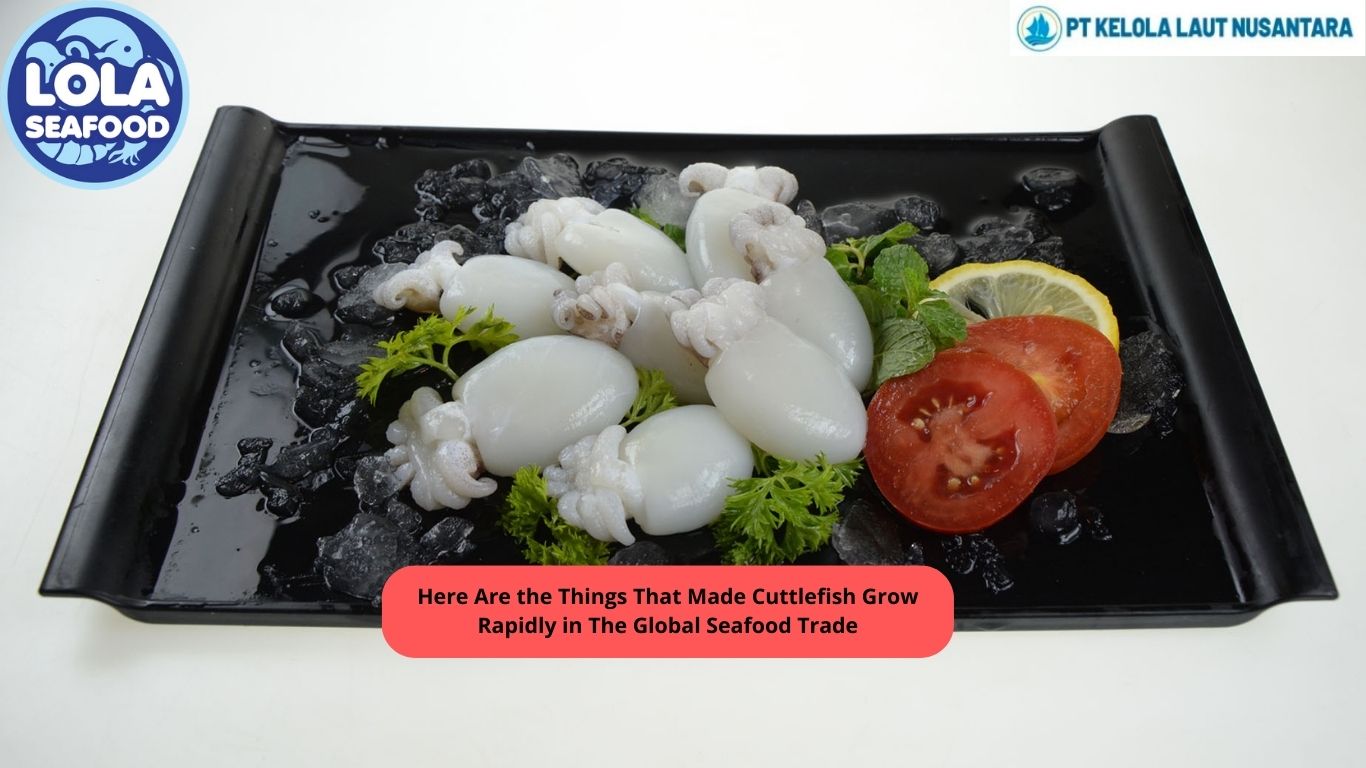The Blue Swimming Crab (Portunus pelagicus)
By. Najih - 15 May 2024.jpg)
The blue swimming crab can be found throughout the Indo-West Pacific, from tropical to sub-tropical waters. It is one of the country’s most important marine resources, supporting an estimated 90,000 fishermen and contributing to the welfare of an estimated 185,000 women nationwide. International consumer demand for sustainable seafood from Indonesia, especially crab meat, is supporting conservation efforts and providing livelihood opportunities for local communities.
Appearance
- The blue crab’s shell—called the “carapace”—is a blue to olive green.
- Shells can reach up to 9 inches across.
- Blue crab claws are bright blue, and mature females have red tips on their claws too.
- They have three pairs of walking legs and rear swimming legs that look like paddles.
- Blue crabs have an “apron” that covers their abdomen. Males’ aprons are thin; females are wider.
Biology
- Blue crabs generally live for 3 or 4 years.
- They reach maturity in 12 to 18 months. Growth rates are affected by water temperature—they grow more quickly in warmer water.
- Crabs molt—they shed their hard shell—as they grow. Because they lose hard parts during the molting process, it can be difficult to determine the age of a crab. Males molt multiple times during their lives. Females molt once, just before they are ready to mate.
- Blue crabs can grow to about 9 inches across (from tip to tip) their hard shell (carapace). However, they are usually harvested before they reach that size.
- While a blue crab usually weighs about ⅓ pound, the edible portion is much lower.
- Blue crabs eat almost anything, including clams, oysters, mussels, smaller crustaceans, freshly dead fish, plant and animal detritus—and smaller and soft-shelled blue crabs.
- Crabs are eaten by large fish, some fish-eating birds (like great blue herons), and sea turtles.
- To mate, a male crab cradles a female crab in a pose known as a “doubler” for a few days before the female’s terminal molt. They stay with her after mating until her shell hardens and to ensure another male doesn’t mate with her.
.jpg)
 (1).png)


.jpg)
.jpg)
.jpg)

 (3).png)